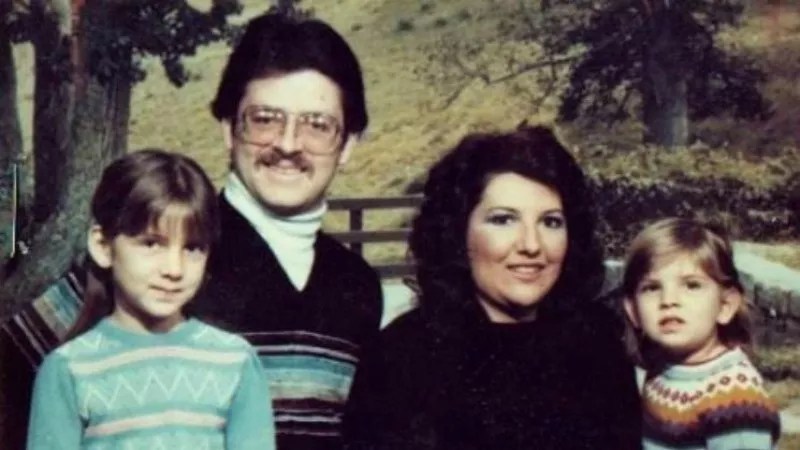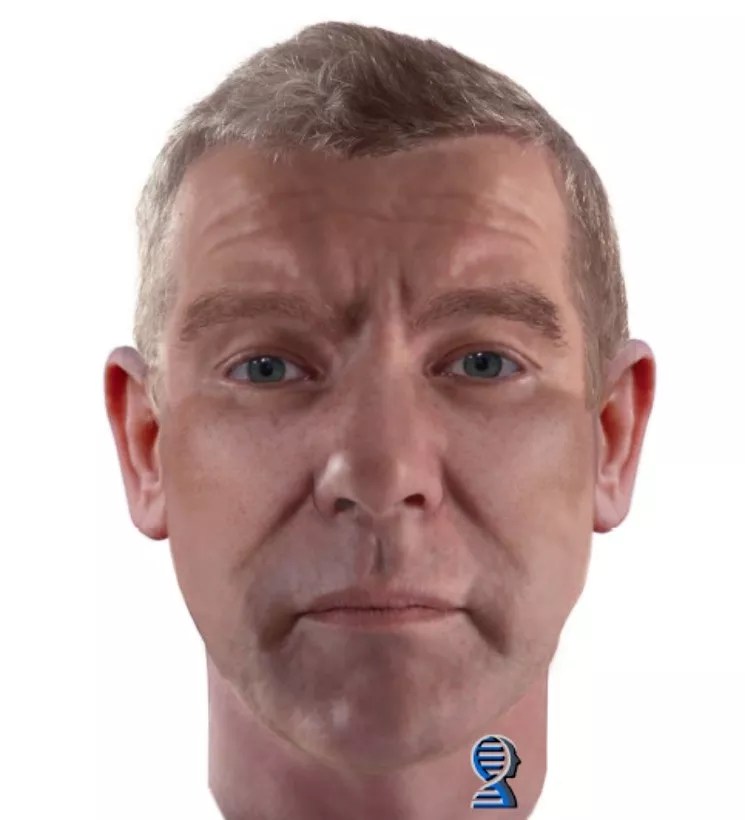
File photo

Audio By Carbonatix
Editor’s note: At an August 10 press conference, authorities revealed that Nevada inmate Alex Ewing has been named in an arrest warrant for the murders of Bruce, Debra and Melissa Bennett and Patricia Louise Smith. Get details in our post headlined “Ax Handle Attacker Alex Ewing Named Suspect in Bennett Family Murders.” Continue for our previous coverage.
On Friday, August 10, a news conference has been scheduled to discuss new developments in one of the metro area’s most tragic homicide cases: the 1984 hammer murders of parents Bruce and Debra Bennett and seven-year-old daughter Melissa, as well as horrific injuries sustained by the Bennetts’ three-year-old, Vanessa, who survived. But while the investigation is said to have reached a “critical stage,” law enforcers have issued a warning to the media about information from anything other than official sources after a local TV station reported that a person imprisoned out of state had been identified as a possible suspect.
Our September 25, 2013, post about ten unsolved murders on the National Day of Remembrance for Murder Victims shared details about the Bennetts from the indispensable Families of Homicide Victims and Missing Persons website.
The narrative noted that Bruce married Debra before joining the Navy, where he served at Pearl Harbor between 1976 and 1980 as a sonar analyst. Upon the completion of his service commitment, the couple moved to Aurora. There Bruce worked at a family-owned furniture store and helped Debra raise their two daughters.
“‘They led a very quiet life,” said Constance Bennett, Bruce’s mother. “They worked hard and stayed home at night.” She added that Bruce had enrolled in a local college, where he trained to be an air-traffic controller with an eye toward landing a job at an airport in the area.
These dreams came to a shattering end on January 15, 1984. Between midnight and 6 a.m., following a family get-together in honor of Melissa, who was on the cusp of turning eight, an intruder or intruders entered the Bennett home.

The late Patricia Louise Smith, who’s believed to have also died at the hands of the Bennetts’ killer.
File photo
According to Marvin Brandt, an Aurora police homicide detective who investigated the case up until his retirement in 2002, “It was a blitz attack for no reason.” Investigators believe Bruce confronted an attacker on the stairs. Deep gashes were later found on his arms and body, and blood was found up and down the staircase. The following morning, Debra’s body was discovered in her bedroom, while Melissa was found in her bed. Both had been sexually assaulted.
Vanessa, too, was in bed when her grandmother, Constance Bennett, first saw the carnage; she’d come to the house when Bruce didn’t show up for work at the furniture store. The child’s jaw was crushed, causing bones to enter her windpipe. But doctors were able to save her life by way of what’s described as “a lengthy series of operations that left scars on her arms, face and head.”
More than 500 people were questioned during the initial phase of the investigation into the Bennett family killings, and while no arrests were made, detectives never stopped looking for the person or persons responsible. In 2002, for instance, the Aurora Police Department obtained an arrest warrant for the still-unknown killer based on DNA – a first in the state of Colorado.
Then, in 2010, a new twist: Aurora police announced a DNA link between the Bennett slayings and the murder six days earlier of fifty-year-old Lakewood resident Patricia Louise Smith, whom authorities characterized at the time as “an outgoing, friendly, sophisticated woman who had recently started her own interior decorating business.” The homicide took place between the hours of 1 p.m. and 3 p.m. on January 10, 1984, in unit 5 of an apartment complex located at 12610 West Bayaud Avenue.

The 2016 composite of the suspect in the Bennett case using the default 25-year-old age.
Aurora Police Department
Six years later, in 2016, the APD used age-progressed DNA phenotyping, a technique developed by Parabon NanoLabs and dubbed Snapshot, to try to move the investigation forward. As Ellen Greytak, Parabon’s director of bioinformatics, explained to us at the time, the methodology creates composite images of suspects from unknown DNA found at crime scenes.
“Snapshot is typically used in cases were there are no witnesses, and these detectives are having to live with the fact that any person could be the perpetrator and they have no information about which suspects they should look into,” Greytak said. “The composite isn’t intended to be like a driver’s license photo, but it will bear a resemblance. And if you have a list of 1,000 people who were nearby that day, you can put the ones that match the most at the top and the ones that match the least at the bottom.”
The result when it came to the Bennetts was a pair of images – one offering a likeness of a possible suspect as he looked at the time of the slaying, a second aged to approximate his appearance circa 2016.
“Age is not written into the DNA sequence,” Greytak confirmed. “That’s why all of our composites come out at an age of 25 and a normal body weight. If the case is old, or a witness can say that person was older or heavier, we can make adjustments. But in the absence of that information, we do a default age 25 and normal body weight. And the same is true of hair styles. We can predict the color, not the style, so we put on a standard hair style.”
As Greytak acknowledged, such factors “can really affect how someone looks. If that person is 300 pounds, he’s going to look very different from someone who weighs a lot less. So the composite is a guide, not the exact appearance of a person.”
After the flurry of activity spurred by the Snapshot images quieted down, the Bennett case slid from the headlines again. But it reappeared on August 7, when 9News cited unnamed sources who said police in Aurora had identified a possible suspect. The man was said to be “incarcerated in another state,” and a decision about whether or not to formally charge him “could come any time,” the station maintained.

A composite of the suspect as he was believed to look in 2016.
Aurora Police Department
Representatives from the Aurora and Lakewood police departments declined 9News’s request for comment about these assertions, as did spokespersons for the Colorado Bureau of Investigation and the 18th Judicial District DA’s Office. But shortly thereafter, the Aurora Police Department issued an update about the case that began like so:
The investigation into the 1984 cold case homicides of Patricia Louise Smith in Lakewood and the three members of the Bennett family in Aurora are reaching a critical stage. No further information can be released at this time, but we expect to provide more information at a news conference that will be hosted by the Aurora Police Department on Friday, Aug. 10, at 10 a.m.
Representatives of the Aurora Police Department, the Lakewood Police Department, the 18th Judicial District Attorney’s Office, the 1st Judicial District Attorney’s Office and the Colorado Bureau of Investigation will be at the news conference.
The release added: “The news media should be cautious that any information provided by a source other than one of these organizations may be inaccurate and should be treated with caution. These are sensitive and complicated investigations, and information is being made available as quickly as possible.”
These lines stop short of denying the existence of a suspect in the Bennett and Smith murders. Because of that, they provide hope that someone may finally be brought to justice for these crimes.